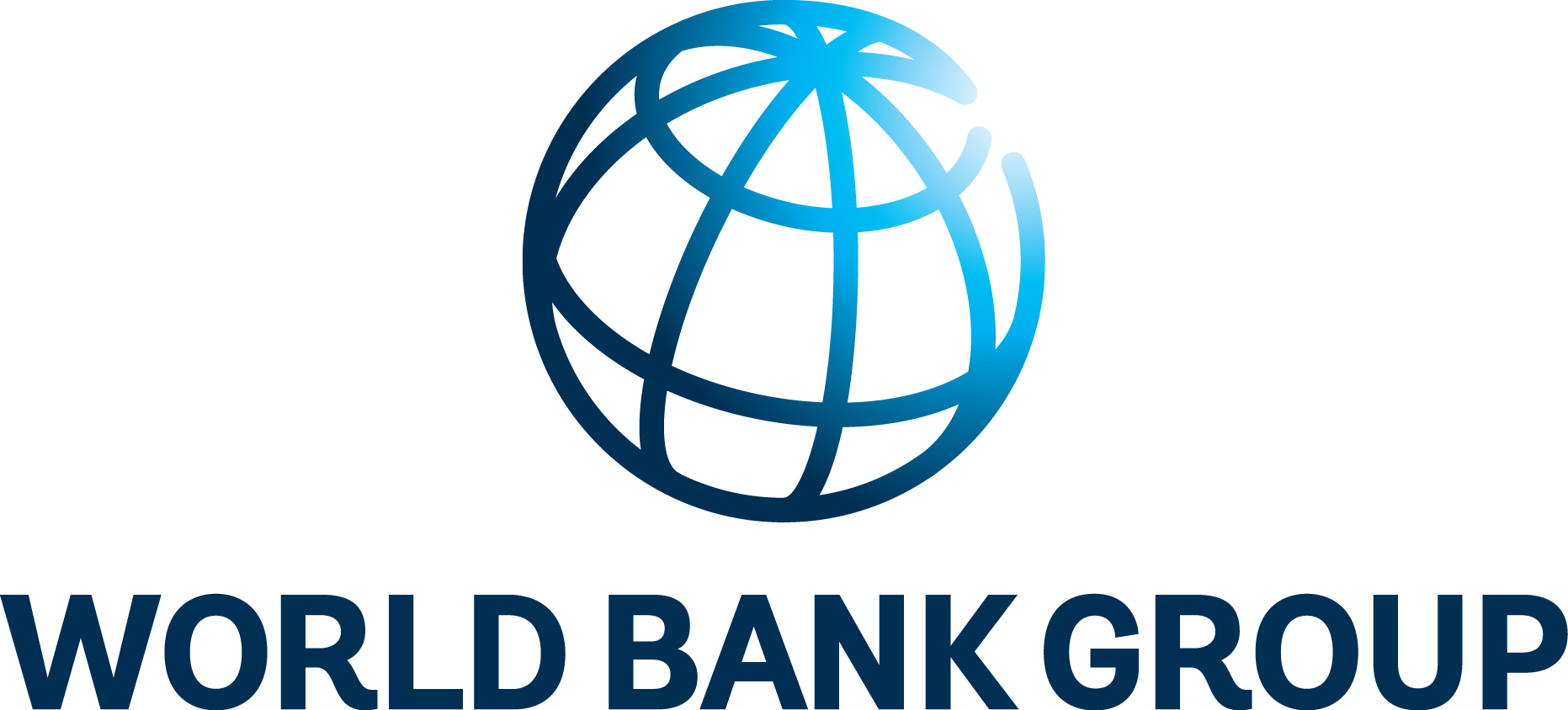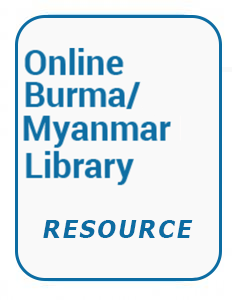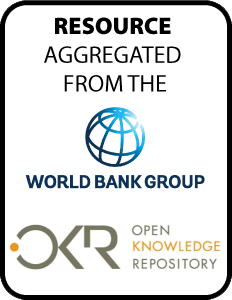The World Bank is a vital source of financial and technical assistance to developing countries around the world. We are not a bank in the ordinary sense but a unique partnership to reduce poverty and support development. The World Bank Group has two ambitious goals: End extreme poverty within a generation and boost shared prosperity.
- To end extreme poverty, the Bank's goal is to decrease the percentage of people living on less than $1.25 a day to no more than 3% by 2030.
- To promote shared prosperity, the goal is to promote income growth of the bottom 40% of the population in each country.
The World Bank Group comprises five institutions managed by their member countries.
The World Bank Group and Land: Working to protect the rights of existing land users and to help secure benefits for smallholder farmers
The World Bank (IBRD and IDA) interacts primarily with governments to increase agricultural productivity, strengthen land tenure policies and improve land governance. More than 90% of the World Bank’s agriculture portfolio focuses on the productivity and access to markets by small holder farmers. Ten percent of our projects focus on the governance of land tenure.
Similarly, investments by the International Finance Corporation (IFC), the World Bank Group’s private sector arm, including those in larger scale enterprises, overwhelmingly support smallholder farmers through improved access to finance, inputs and markets, and as direct suppliers. IFC invests in environmentally and socially sustainable private enterprises in all parts of the value chain (inputs such as irrigation and fertilizers, primary production, processing, transport and storage, traders, and risk management facilities including weather/crop insurance, warehouse financing, etc
For more information, visit the World Bank Group and land and food security (https://www.worldbank.org/en/topic/agriculture/brief/land-and-food-security1
Resources
Displaying 456 - 460 of 4907Myanmar - Flood and Landslide Emergency Recovery Project : resettlement plan : Environmental and social management framework (Abstract)
No content is available at this time .....
Abstract:
Drought and Retribution
Although weather shocks are a major
source of income fluctuation, most of the world's poor
lack insurance coverage against them. Absence of formal
insurance contributes to poverty traps, as investment
decisions are conflicted with risk management ones:
risk-averse farmers tend to underinvest and produce lower
yielding yet safer crops. In the past few years, weather
index insurance has gained increasing attention as an
The Distribution of Consumption Expenditure in Sub-Saharan Africa
This paper uses a set of national
household surveys to study the regional Sub-Saharan Africa
distribution of consumption expenditure among individuals
during 1993 to 2008. The analysis puts the disparities in
living standards that exist among persons in Africa into
context with the disparities that exist within and between
African countries. Regional interpersonal inequality has
increased (from a Gini index of 52 percent in 1993 to 56
Building a Competitive City through Innovation and Global Knowledge
Special economic zones can be an
effective instrument to promote industrialization if
implemented properly in the right context. In China,
starting in the 1980s, special economic zones were used as a
testing ground for the country's transition from a
planned to a market economy, and they are a prime example of
China's pragmatic and experimental approach to reforms.
One of the great special economic zone success stories in
Myanmar - Flood and Landslide Emergency Recovery Project : indigenous peoples plan : Environmental and social management framework (English)
Abstract: "The objective of the Flood and Landslide Emergency Recovery Project for Myanmar is to support recovery in priority disaster-affected areas and, in the event of another eligible crisis or emergency, to provide immediate and effective response to said eligible crisis or emergency. Some of the negative impacts and mitigation measures include: for all projects that are proposed for Bank financing and affect Indigenous Peoples, the Bank requires the borrower to engage in a process of free, prior, and informed consultation.







